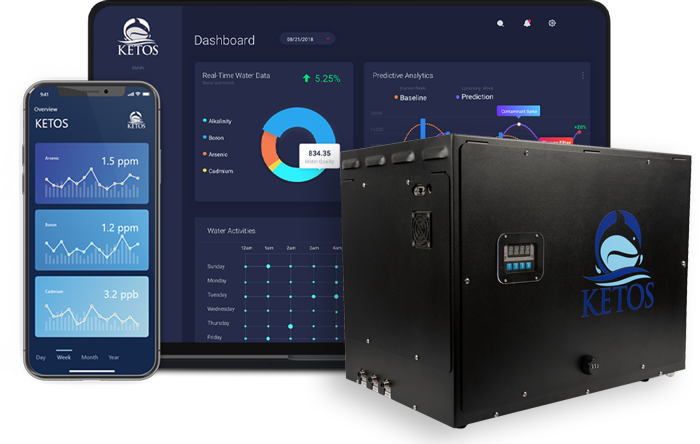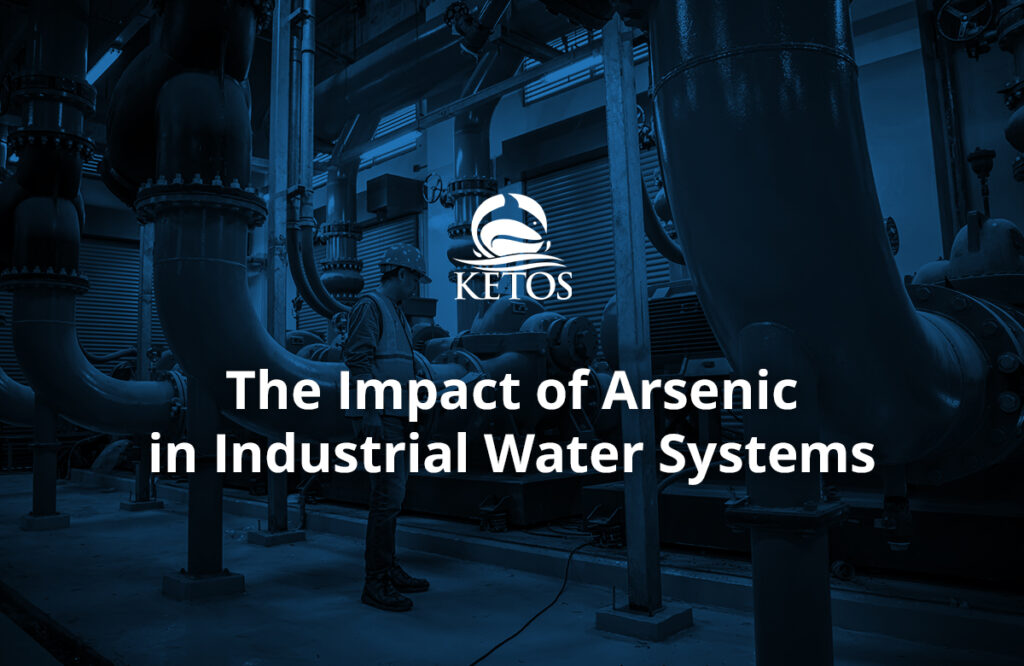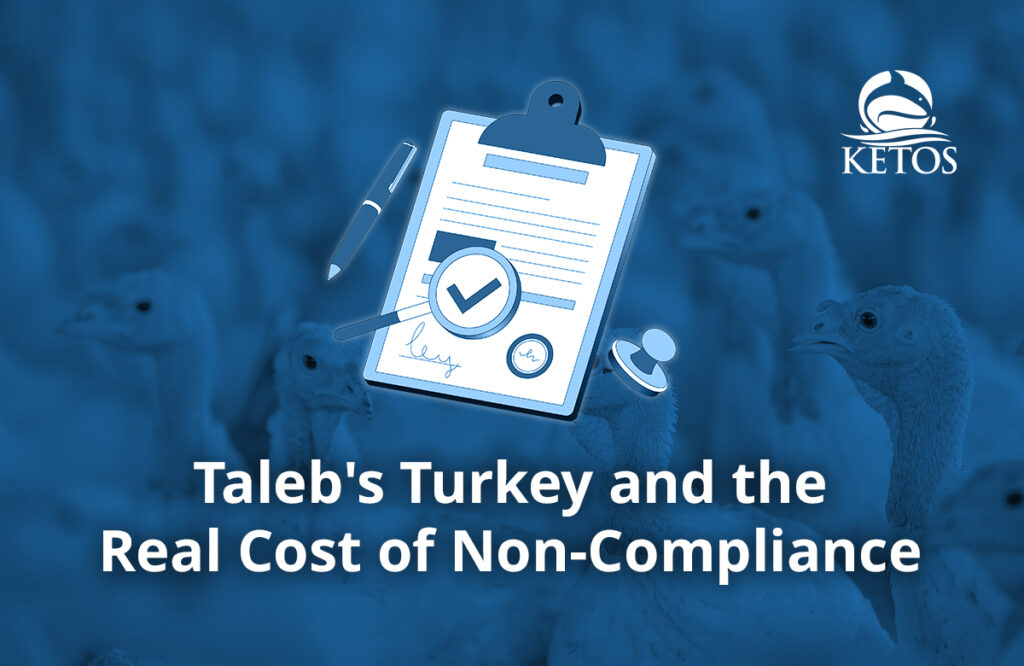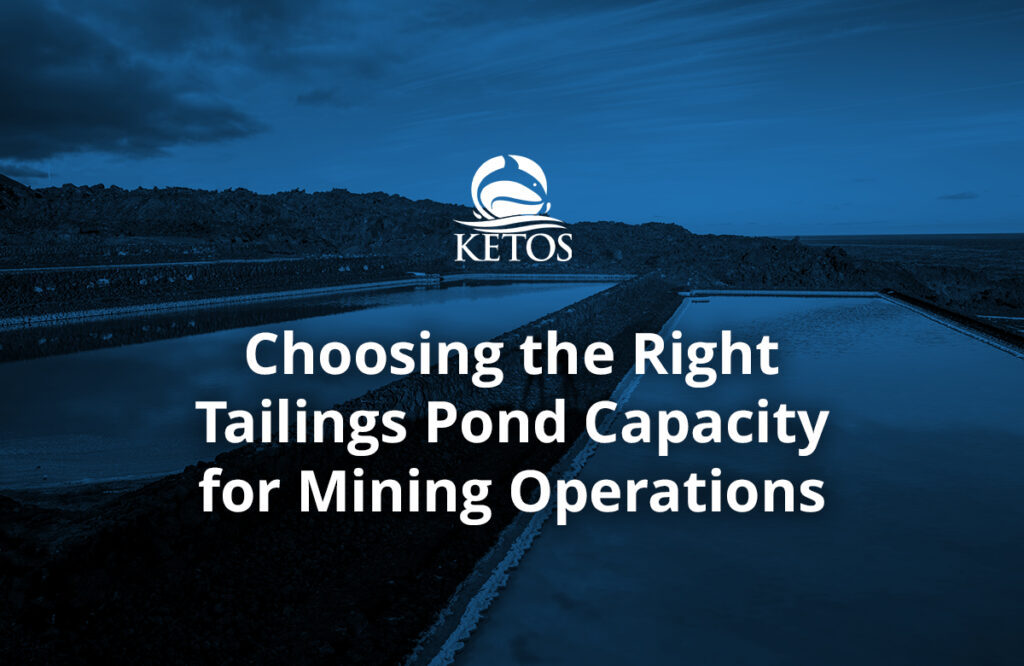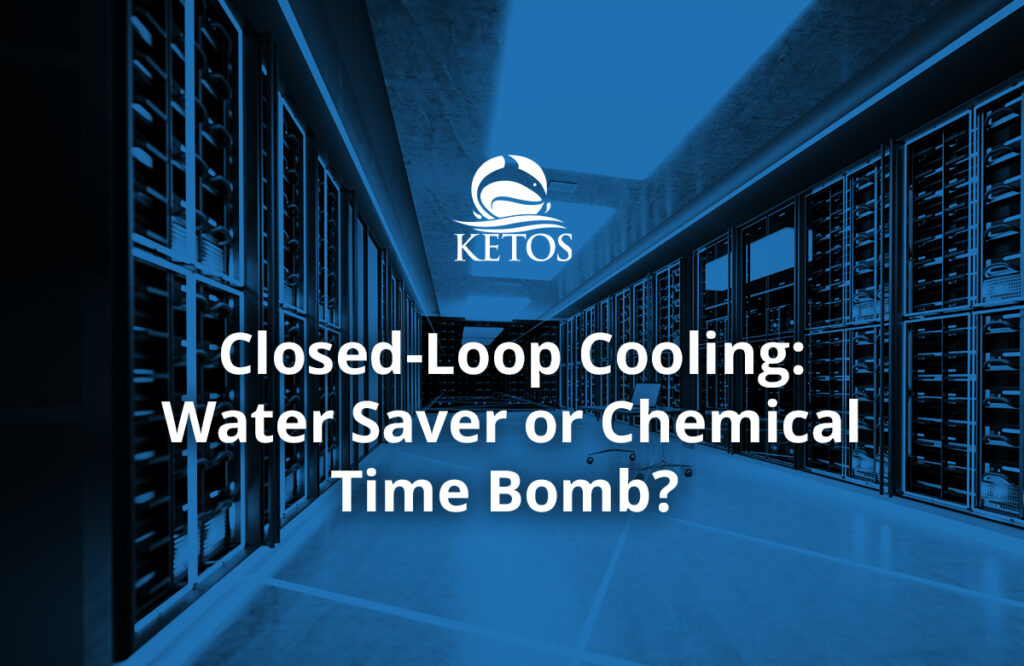Water is a critical resource in the mining industry, playing a vital role in mineral processing, dust suppression, and slurry transport. However, the extensive use of water treatment in mining is necessary to address significant challenges, including environmental impact, regulatory compliance, and operational costs. Implementing advanced water treatment solutions is essential for enhancing sustainability and efficiency in mining operations.
Water Usage in Mining Operations
Mining requires substantial water for mineral processing, dust suppression, and slurry transport. However, emerging lithium extraction methods add further strain on water resources.
- Brine Evaporation: Pumps groundwater to the surface, with 90% lost to evaporation before lithium extraction.
- Hard Rock & Clay Mining: Requires “dewatering” (removing groundwater) and chemical processing, increasing water demand and contamination risks.
With over 125 lithium projects under exploration in the US, particularly in water-stressed regions like Nevada, concerns over groundwater depletion and biodiversity loss are growing. The Silver Peak lithium mine has already faced scrutiny for excessive groundwater use, and new projects like Thacker Pass could further intensify water demands.
To mitigate these challenges, water recycling, reduced consumption, and contamination control must be prioritized in mining operations.
Meeting Water Management Challenges with Innovation
Effective water management in mining faces several challenges that impact sustainability, compliance, and operational efficiency.
- Water Scarcity: Many mining operations are located in arid regions where water resources are already strained. The Skorpion Zinc mine in Namibia has had to implement extensive water management strategies, including dewatering and desalination, to sustain operations in a water-scarce environment. The water management challenges in developing world mining highlight how limited access to water complicates extraction processes and increases operational risks.
- Environmental Impact: Improper handling of wastewater can contaminate local ecosystems, leading to habitat degradation. In developing countries, mining has been linked to water pollution, waste disposal issues, and loss of arable land, which can negatively impact surrounding communities.
- Regulatory Compliance: While some nations are improving governance, many lack stringent water management regulations, allowing companies to self-monitor environmental impacts. This increases the risk of unchecked pollution and inefficient water use.
- Operational Costs: Water extraction, treatment, and disposal contribute significantly to mining expenses. As sustainability and ESG initiatives gain traction, companies are under pressure to invest in water recycling and treatment technologies, increasing upfront costs but ensuring long-term efficiency.
Addressing these challenges requires proactive water management strategies, strict regulatory enforcement, and investment in sustainable technologies to balance mining activities with environmental responsibility.
Innovative Water Treatment Solutions
As water scarcity, environmental concerns, and regulatory pressures intensify, mining companies are increasingly turning to advanced water treatment solutions to improve sustainability and efficiency. Traditional water management practices are often insufficient to meet modern environmental and operational demands. Emerging technologies such as real-time monitoring, membrane filtration, IoT-driven analytics, and water recycling are transforming the way mining operations handle water resources. By integrating these solutions, companies can minimize water waste, reduce contamination risks, and optimize resource allocation, ensuring compliance while enhancing productivity.
1. Automated Water Quality Monitoring
Water quality monitoring in mining has traditionally relied on manual sampling and laboratory testing, which can be time-consuming and reactive. Automated monitoring systems offer a real-time, data-driven approach that improves accuracy and responsiveness.
- Real-Time Data Collection: These systems continuously track parameters like pH levels, turbidity, heavy metals, and other contaminants, allowing for immediate corrective action.
- Remote Monitoring: Cloud-based platforms enable operators to access water quality data from anywhere, reducing the need for frequent on-site visits.
- Early Contamination Detection: Instant alerts help identify water pollution risks before they escalate, preventing environmental damage and regulatory violations.
By implementing automated water monitoring, mining operations can shift from a reactive to a proactive water management strategy, significantly reducing compliance risks and improving water treatment efficiency.
2. Advanced Filtration Techniques
Mining wastewater often contains heavy metals, dissolved solids, and chemical contaminants that require effective filtration before reuse or discharge. Advanced membrane filtration technologies offer a sustainable way to treat wastewater, ensuring regulatory compliance and resource conservation.
- Reverse Osmosis (RO): This high-pressure filtration method removes dissolved salts, heavy metals, and other impurities, making wastewater safe for reuse.
- Ultrafiltration (UF): A low-energy alternative that effectively removes suspended solids, bacteria, and organic matter, enhancing water quality.
- Electrocoagulation (EC): Uses electrical charges to neutralize contaminants, making them easier to filter out.
These advanced filtration techniques help mining companies achieve zero-liquid discharge (ZLD) strategies, reducing freshwater dependency and improving environmental sustainability.
3. IoT-Enabled Water Management
The Internet of Things (IoT) is revolutionizing water management in mining by introducing automation, real-time analytics, and predictive maintenance. IoT-enabled systems offer unparalleled control over water usage and treatment processes.
- Smart Sensors & AI Analytics: Sensors placed across water pipelines, treatment plants, and discharge points collect and analyze real-time data, enabling optimized water distribution and consumption.
- Predictive Maintenance: Machine learning algorithms detect potential leaks, equipment failures, and inefficiencies before they escalate, preventing costly disruptions.
- Automated Treatment Adjustments: IoT systems can automatically adjust chemical dosing, filtration rates, and treatment cycles based on real-time water quality data.
By integrating IoT technology, mining companies can reduce water waste, lower operational costs, and ensure continuous compliance with environmental regulations.
4. Water Recycling and Reuse
Water-intensive mining processes generate significant wastewater, making recycling and reuse a critical sustainability strategy. Closed-loop water systems allow mining operations to treat and reuse wastewater, significantly reducing freshwater consumption.
- Decentralized Treatment Plants: On-site water recycling units process wastewater at the source, reducing reliance on external water supplies.
- Biological Treatment Solutions: Advanced bioreactors use microorganisms to break down contaminants, making water suitable for reuse.
- Evaporation & Crystallization: These methods recover water from mine tailings and slurry, ensuring maximum resource utilization.
By implementing water recycling and reuse, mining companies can cut water costs, improve sustainability, and enhance operational resilience in water-scarce regions.
Case Study: Implementing Advanced Water Treatment in Mining
A multinational mining company operating across five continents faced critical water management challenges, including scarcity, regulatory compliance, and operational inefficiencies. The traditional water monitoring methods they were reliant on utilized manual sampling and delayed laboratory results, making it difficult to track water quality in real time.
By integrating the KETOS SHIELD and the KETOS Smart Water Intelligence Platform, the company transformed its water treatment approach, gaining 24/7 insights into influent and effluent water quality while optimizing treatment processes. The impact was significant:
- 30% Reduction in Freshwater Consumption: Real-time monitoring allowed for precise water treatment adjustments, maximizing water recycling and reuse efficiency.
- Compliance with Environmental Standards: Automated monitoring ensured continuous tracking of critical water quality parameters, keeping the company within regulatory limits.
- Cost Savings & Operational Efficiency: The automated, cloud-based system reduced the need for manual testing, calibration, and maintenance, saving over 20 labor hours per month while improving equipment performance.
This data-driven approach enabled the company to shift from reactive to proactive water management, ensuring sustainability, regulatory compliance, and long-term cost efficiency in mining operations.
Partnering for Sustainable Water Management
Effective water management is critical for mining operations to reduce environmental impact, ensure regulatory compliance, and optimize resource use. KETOS provides cutting-edge solutions that empower mining companies with real-time water quality monitoring, automated analytics, and predictive intelligence to enhance sustainability and efficiency.
With KETOS SHIELD and the Smart Water Intelligence Platform, mining operators gain:
- 24/7 Remote Monitoring to track influent and effluent water quality in real-time.
- Automated Water Treatment Adjustments for improved efficiency and compliance.
- Predictive Maintenance & Cost Savings through IoT-driven analytics.
Take control of your mine’s water management with data-driven precision. Contact us to learn more or request a demo to see how KETOS can transform your water treatment strategy with our innovative solutions.
